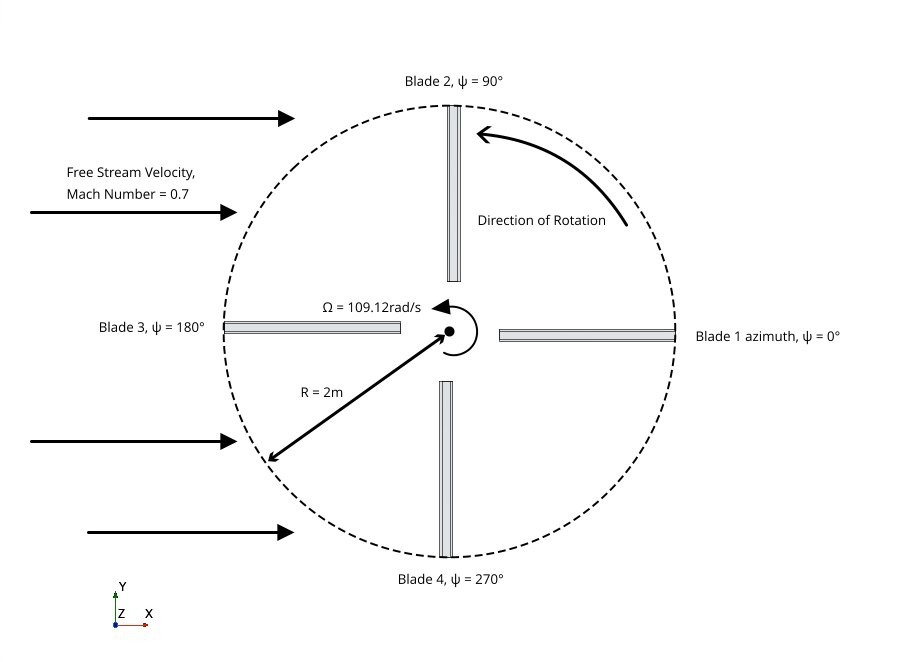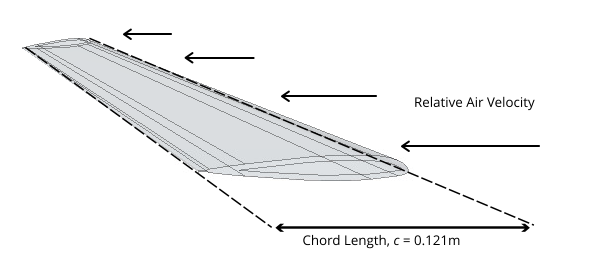Rotor Blade Aeroelasticity: Modeling Elastic Blade Deformation
Simcenter STAR-CCM+ allows you to model the aeroelastic performance of elastic rotor blades using displacement and twist data from external files, which can be obtained in multi-body dynamics software such as RCAS, CAMRAD-II, DYMORE, and FLIGHTLAB.
Simcenter STAR-CCM+ models the fluid around the blades, whereas the external software models the solid blades as 1D beams and collects the beam displacement and twist data. Simcenter STAR-CCM+ imports the beam data and calculates quantities such as aerodynamic forces, moments, and blade loadings.
Typical applications include urban air vehicles rotors, wind turbines, and helicopter rotors.
The conditions and geometry for this tutorial follow the HART-II (Higher harmonic control Aeroacoustics Rotor Test) set up. HART-II is a test that is commonly used to validate rotor blade aeroelasticity characteristics against experimental data. This simulation is a blade vortex interaction study—the wake interacts with the rotor in such a way as to have a significant impact on the blade loading and deformation.
The simulation focuses on the isolated rotor and does not account for the influence of the rotor hub and aircraft body on the aeroelastic performance. The blade motion data is obtained from a CAMRAD-II simulation coupled with the OVERFLOW-2 CFD code (see CAMRAD II). The motion data is provided by the HART-II team.


Required Files
If you have not done so already, download the tutorial files bundle. See Downloading the Tutorial Files from the Support Center Portal.
- starting file simulation data: couplingWithCaeCodes/Hart-II_start.sim
- zip folder containing the blade motion and blade twist data: couplingWithCaeCodes/RBAinputs.zip
Acknowledgements
The external files used in this tutorial were provided by HART-II partners: DLR, DNW, NASA, Onera, and AFDD.